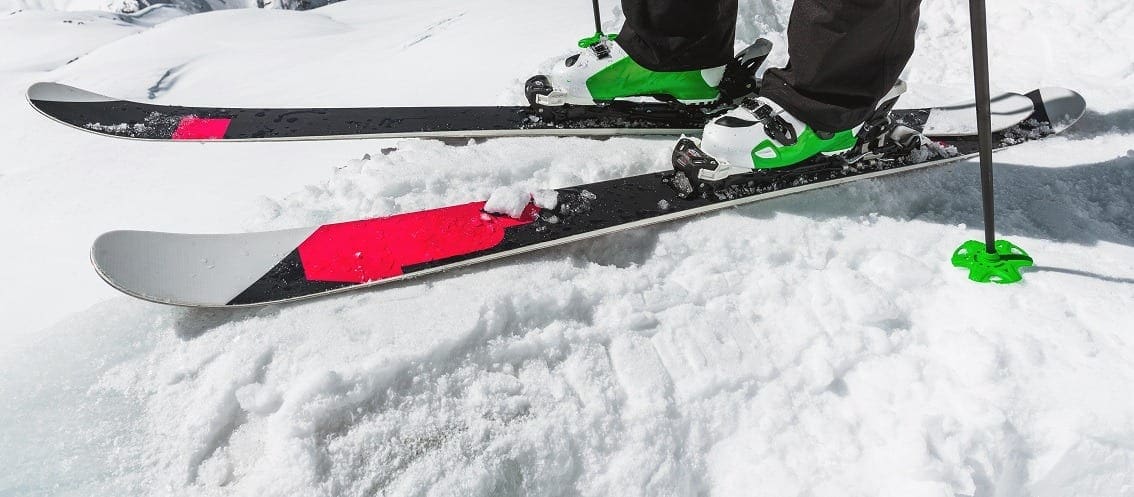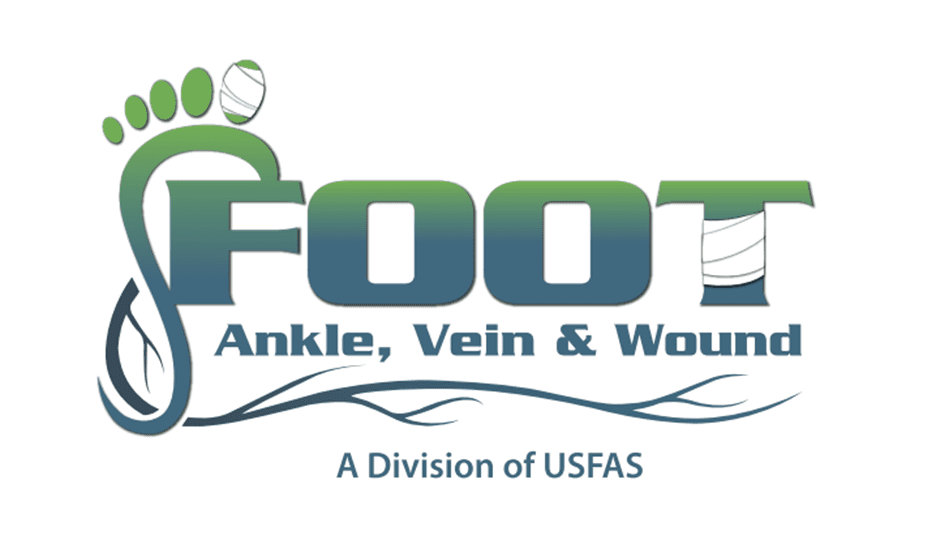
With the perfect slope months coming up, you’ll want to know how to stay safe and free from injury before tearing up the mountains!
However, not just like any winter getaway, skiing qualifies as a sport—which means that it comes with all the various risks of injuries and pain that most other sports have.
In our article today, we’re going to talk to you about some common injuries that we see skiers suffering from every winter season and what to do best to reduce your risk.
Although skiing doesn’t limit the possibility of injury only to your feet or ankles, they do play a big part in the overall risk.
Some common foot and ankle injuries include:
Skier’s Toe: This injury isn’t just limited to skiers however, it is commonly seen in those who ski because of the too-tight or too-loose boots that you have on while skiing. Especially since you don’t do this all year round, you can imagine that it will definitely make a difference when used only a few times out of the year.
Skier’s Toe is bleeding under the toenail. It can affect your big toe the worst (keep in mind that some people’s second toe might actually be the bigger one). With this condition, you will often see discoloration, like purple, blue or black colors, and you will feel soreness.
Fortunately, Skier’s toe is not considered a serious condition but can get worse if left untreated for a long time.
Snowboarder’s Fracture: This will affect the ankle rather than the foot. Although it is commonly seen in snowboarders, it can find its way to a skier. Even though you or even your doctor may think that the injury is a simple ankle sprain, it might actually be worse—a unique fracture of the lateral process of the talus, which is the large bone in the ankle that connects and moves with the tibia of the leg, and the calcaneum and navicular bone of the foot.
If this is misdiagnosed, it can lead to a much heavier problem in the future.
Ankle and Foot Sprains: Especially if you are skiing with skis where the binding is particularly tight, the joint ligaments in your foot or in your ankle can sprain or fracture. In this case, wearing supports, like a brace, can help protect yourself from this injury.
Although not related to your feet or your ankle, some other common injuries from skiers include:
- Knee Sprains
- Fractured Wrists
- Broken Legs
- Cranial or Head Injuries
- Shoulder Dislocations
- Spinal Injuries
- Knee Injuries including damage to the MCL and ACL
- Broken, Fractured, or Sprained Hands
- Thumb Injuries
With such a dangerous sport at hand, there are a few things you can do before you hit the slopes that can lower your risk of injury.
First and foremost, without even worrying about the sport itself, you should protect yourself from the cold and from frostbite. This means that you need to dress appropriately—from your toes to your head. Especially since you are skiing in a cold, wet environment, this is especially important. Make sure to invest in proper shoes, boots, acrylic fibers (wicking) socks, and always change out of wet and cold clothes in between sessions and immediately after hitting the slopes.
Once you are ready to hit the slopes, make sure you have done the training, preparation, and even taken lessons beforehand. Skiing with proper form will reduce your risk of injuries by huge amounts. This means all-year round, you should be persistently partaking in strength training, endurance, coordination, and reflex conditioning. Always make sure you warm up, as well!
Once you’re all trained, have a skiing professional check your equipment. Not only should everything fit as its supposed to, binding your boots up, for example, should be done by someone who knows what they’re doing or else you might end up with bruises and fractures to toes, the tops of the feet, ankles, and shins. When heading out to buy equipment—especially if you have prior foot problems, talk to your fitting specialist about extra padding or orthotics.
Follow the rule of threes on the ultimate skiing adventure. You might have heard of this before. It simply means to pace yourself:
- Don’t ski past 3 pm any day.
- Don’t ski more than 3,000 meters per day.
- Take the 3rd day off.
As we mentioned before, skiing is definitely considered a sport. So, while you’re on the slopes make sure are taking proper rest breaks throughout your session.
Be honest with yourself about any physical limitations you may have—not everyone is an elite athlete (and that’s okay)!
Stay hydrated throughout the entire trip—with water. We know you might be on vacation, however, it’s important that you still maintain healthy hydration habits.
Definitely stick to the designated runs and tracks that are officially mapped out to stay as safe as possible. With that, always follow the safety protocols and warnings—especially if you are a beginner.
Your annual ski trip can be fun but can also quickly turn into a nightmare with a serious injury. The most you can protect yourself from injuries, the better.
If you ever have any questions before your next ski trip or want to be fitted for special orthotics for your skiing boots, don’t hesitate to give us a call or make an appointment to come in and see us before you hit the slopes!

